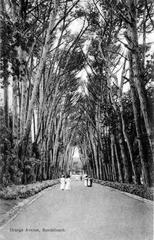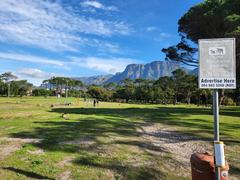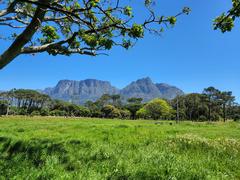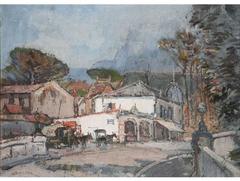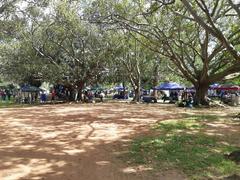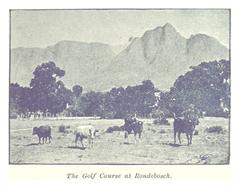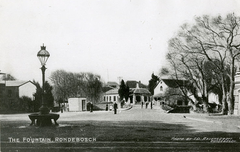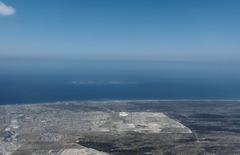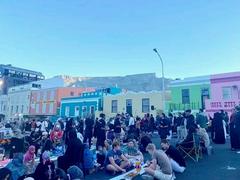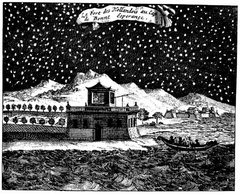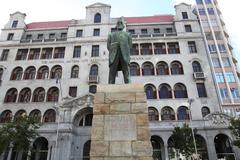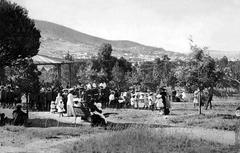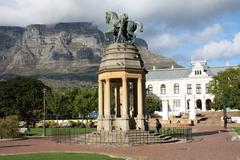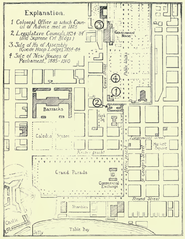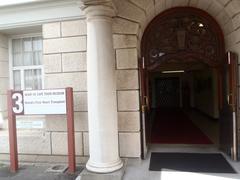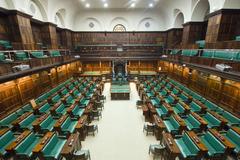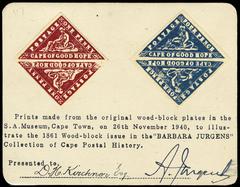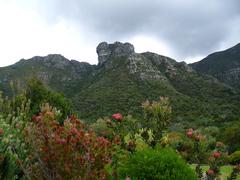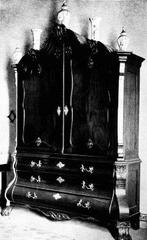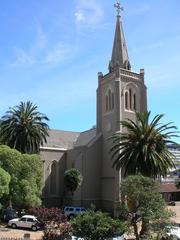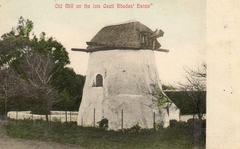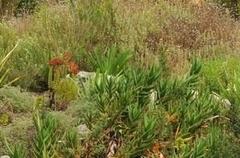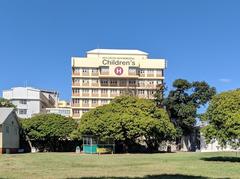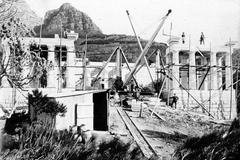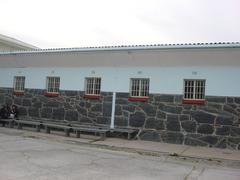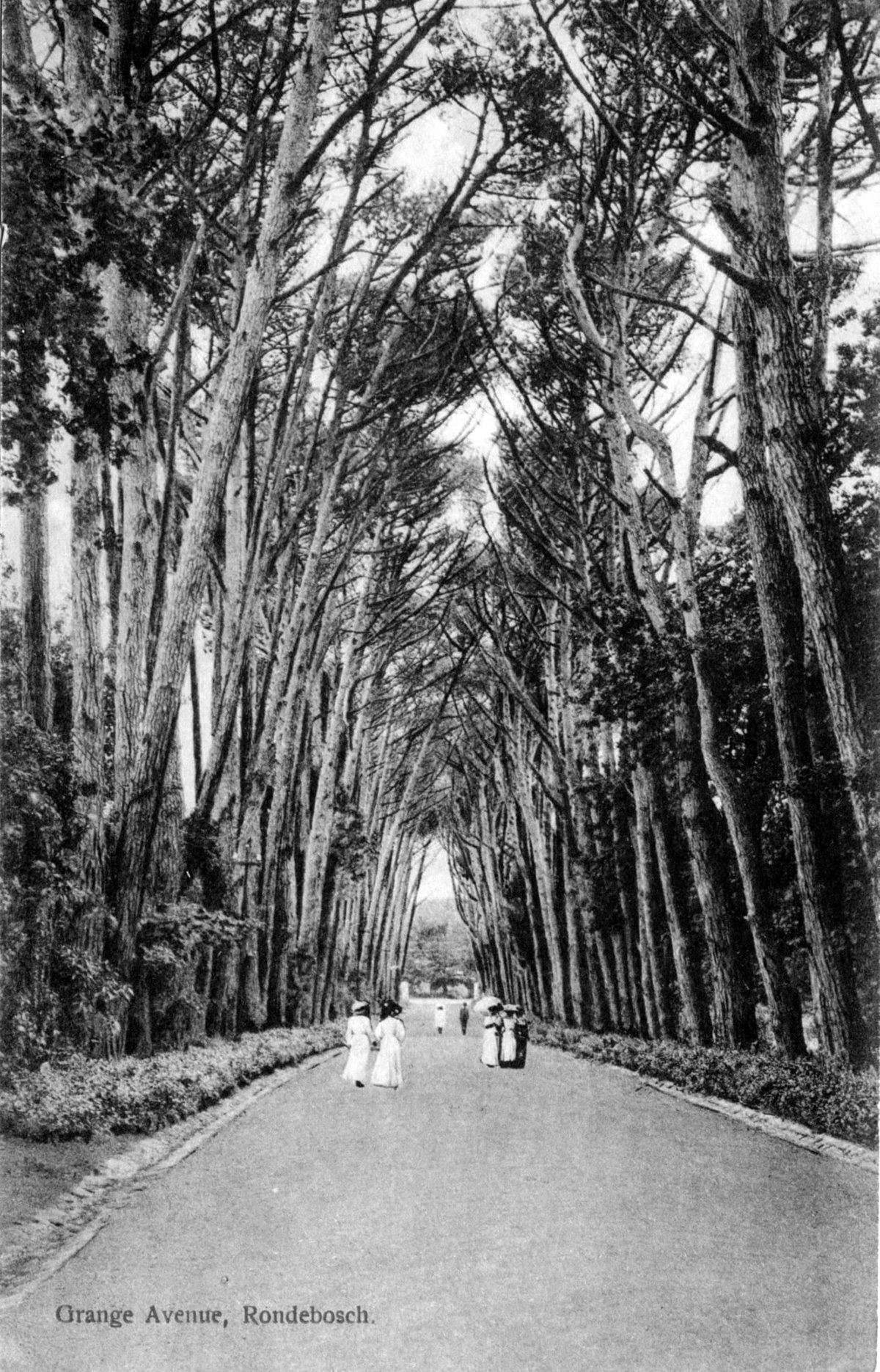
Visiting Rondebosch Common in Cape Town: History, Tips, and Visitor Information
Date: 18/07/2024
Introduction
Rondebosch Common, situated in the heart of Cape Town, South Africa, is a remarkable urban green space with a rich tapestry of history, biodiversity, and cultural significance. Originally part of the Dutch East India Company’s farmland, this area has evolved through various historical phases, serving as a grazing ground, military training field, and a site of protest during the apartheid era. Today, it stands as a testament to Cape Town’s diverse heritage and ecological importance, offering visitors a unique blend of natural beauty and historical intrigue (City of Cape Town).
This guide aims to provide a comprehensive overview of what Rondebosch Common has to offer. From its historical roots and environmental significance to practical visitor information, this article will equip you with everything you need to know for an enriching visit. Whether you are a history enthusiast, nature lover, or a casual visitor, Rondebosch Common promises a memorable experience. Read on to discover the multifaceted aspects of this cherished landmark and how you can make the most of your visit.
Table of Contents
- Introduction
- Early History
- Colonial Era
- Environmental Significance
- Social and Cultural Importance
- Political Significance
- Visitor Information
- Special Events and Guided Tours
- Notable Features
- Challenges and Future Prospects
- Conclusion
- FAQs
Early History
Rondebosch Common, located in Cape Town, South Africa, has a rich history dating back to the early colonial period. Originally part of the Dutch East India Company’s farmland, the area was used for grazing cattle and growing crops to supply the settlement at the Cape of Good Hope. The Common’s name, ‘Rondebosch,’ is derived from the Dutch words ‘Ronde Doorn Bosje,’ meaning ‘Round Thorn Bush,’ which described the area’s original vegetation.
Colonial Era
During the British colonial period, Rondebosch Common became a significant site for military activities. In the early 19th century, it served as a parade ground and training area for British troops stationed in the Cape Colony. The Common’s strategic location near the Liesbeek River made it an ideal spot for military exercises and drills. This military use continued well into the 20th century, with the Common being used as a staging ground during both World Wars.
Environmental Significance
Rondebosch Common is not only historically significant but also ecologically important. It is one of the last remaining examples of the critically endangered Cape Flats Sand Fynbos vegetation type. This unique ecosystem is home to a variety of indigenous plant species, some of which are found nowhere else in the world. The Common’s biodiversity includes over 110 plant species, 10 of which are listed as endangered. Efforts to preserve this natural heritage have been ongoing, with the Common being declared a National Monument in 1961 and later a Provincial Heritage Site.
Social and Cultural Importance
The Common has long been a focal point for community activities and social gatherings. In the 19th and early 20th centuries, it was a popular spot for picnics, sports, and public events. The open space provided a venue for cricket matches, horse racing, and other recreational activities. Today, it continues to be a cherished green space for residents and visitors alike, offering a peaceful retreat from the urban environment.
Political Significance
Rondebosch Common has also played a role in South Africa’s political history. During the apartheid era, it was a site of protest and resistance. In the 1980s, anti-apartheid activists used the Common as a gathering place for demonstrations and rallies. The open space provided a relatively safe venue for large crowds to assemble and voice their opposition to the oppressive regime. This legacy of activism is commemorated by a plaque on the Common, honoring those who fought for freedom and justice.
Visitor Information
Visiting Hours
Rondebosch Common is open to the public 24 hours a day, seven days a week. However, it is recommended to visit during daylight hours for safety and better visibility.
Ticket Prices
There is no entrance fee to visit Rondebosch Common. It is a public space accessible to everyone.
Travel Tips
The Common is easily accessible by public transport, with several bus routes passing nearby. Parking is available but can be limited during peak times. Visitors are encouraged to bring water, wear comfortable walking shoes, and be mindful of the natural environment by not littering.
Nearby Attractions
While in the area, consider visiting other nearby historical sites such as the University of Cape Town, Kirstenbosch National Botanical Garden, and the Rhodes Memorial.
Special Events and Guided Tours
Rondebosch Common hosts various community events throughout the year, including markets, concerts, and cultural festivals. Guided tours are occasionally organized by local conservation groups, providing an educational experience about the area’s history and ecology. Check local listings or the City of Cape Town’s website for upcoming events and tour information.
Notable Features
Several notable features enhance the historical and cultural significance of Rondebosch Common. The Common is home to a number of memorials and monuments, including the Rondebosch War Memorial, which honors soldiers who fought in World War I. Another significant landmark is the Rondebosch Fountain, a Victorian-era structure that has been restored and preserved as a historical artifact.
Challenges and Future Prospects
Despite its protected status, Rondebosch Common faces ongoing challenges. Urban development pressures, environmental degradation, and the threat of invasive species continue to pose risks to the area’s ecological integrity. However, the commitment of local conservationists and the support of the community provide hope for the Common’s future. Continued efforts to raise awareness, secure funding, and implement sustainable management practices are essential to preserving this valuable heritage site.
Conclusion
Rondebosch Common is a unique and multifaceted landmark in Cape Town, South Africa. Its rich history, ecological importance, and cultural significance make it a cherished and valuable asset to the community. Through ongoing conservation efforts and community engagement, the Common will continue to serve as a vital green space and historical site for generations to come.
For more information on visiting hours, ticket prices, and other visitor information about Rondebosch Common, you can visit the City of Cape Town’s official website.
FAQs
Q: What are the visiting hours for Rondebosch Common?
A: Rondebosch Common is open 24 hours a day, seven days a week. It is best to visit during daylight hours for safety and better visibility.
Q: Is there an entrance fee to visit Rondebosch Common?
A: No, there is no entrance fee. Rondebosch Common is a public space accessible to everyone.
Q: Are there any guided tours available?
A: Yes, guided tours are occasionally organized by local conservation groups. Check local listings or the City of Cape Town’s website for more information.
Q: What should I bring when visiting Rondebosch Common?
A: Visitors are encouraged to bring water, wear comfortable walking shoes, and be mindful of the natural environment by not littering.
Q: What are some nearby attractions?
A: Nearby attractions include the University of Cape Town, Kirstenbosch National Botanical Garden, and the Rhodes Memorial.
References
- City of Cape Town. (2024). Rondebosch Common. Retrieved from https://www.capetown.gov.za/
- Friends of Rondebosch Common. (2024). About Us. Retrieved from https://www.friendsofrondeboschcommon.org.za/
- MyCiTi. (2024). Home. Retrieved from https://www.myciti.org.za/en/home/
- Metrorail. (2024). Home. Retrieved from https://www.metrorail.co.za/
- SANBI. (2024). Kirstenbosch. Retrieved from https://www.sanbi.org/gardens/kirstenbosch/
- South African Bird Atlas Project. (2024). Home. Retrieved from http://sabap2.adu.org.za/
- Rondebosch Harriers. (2024). Home. Retrieved from https://www.rondeboschharriers.co.za/
- South African Police Service. (2024). Home. Retrieved from https://www.saps.gov.za/
